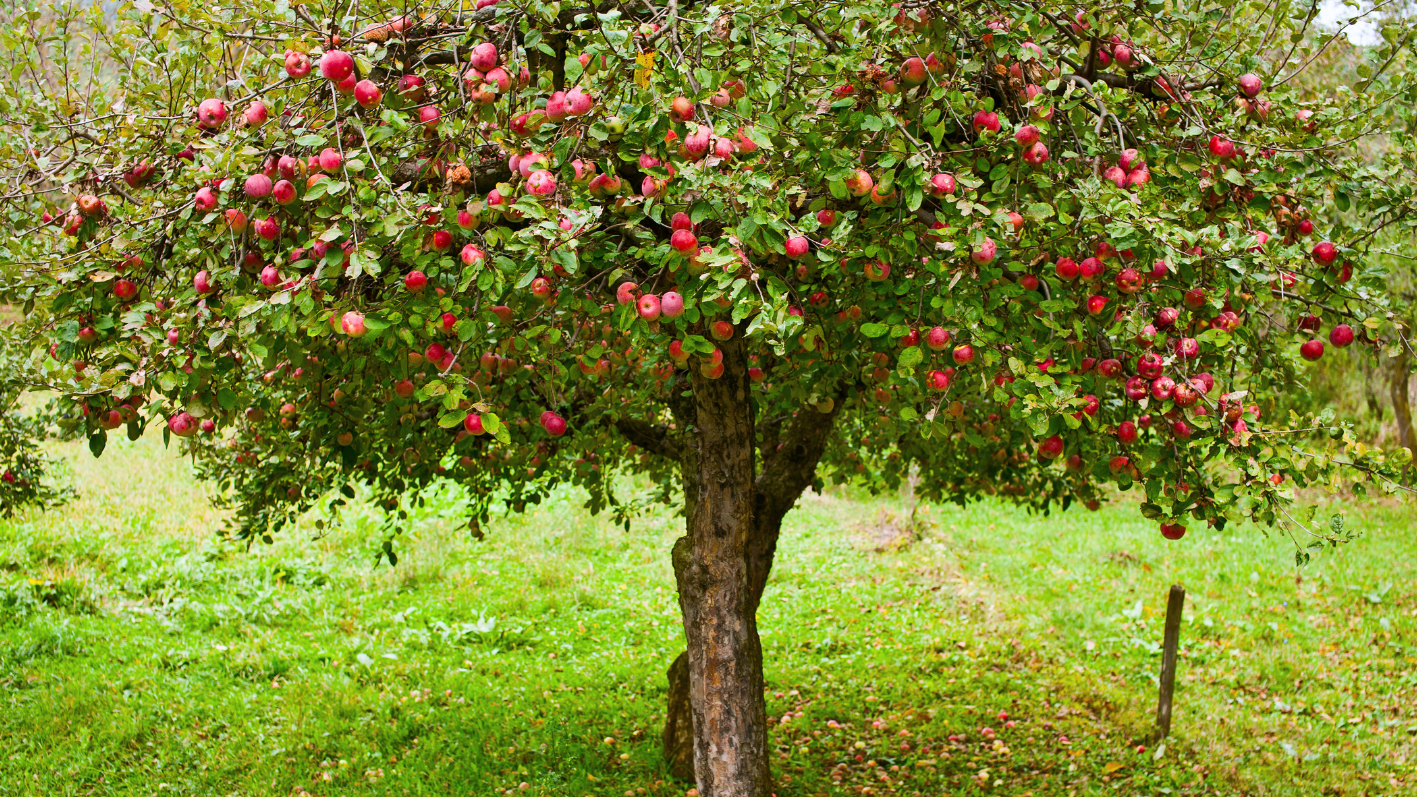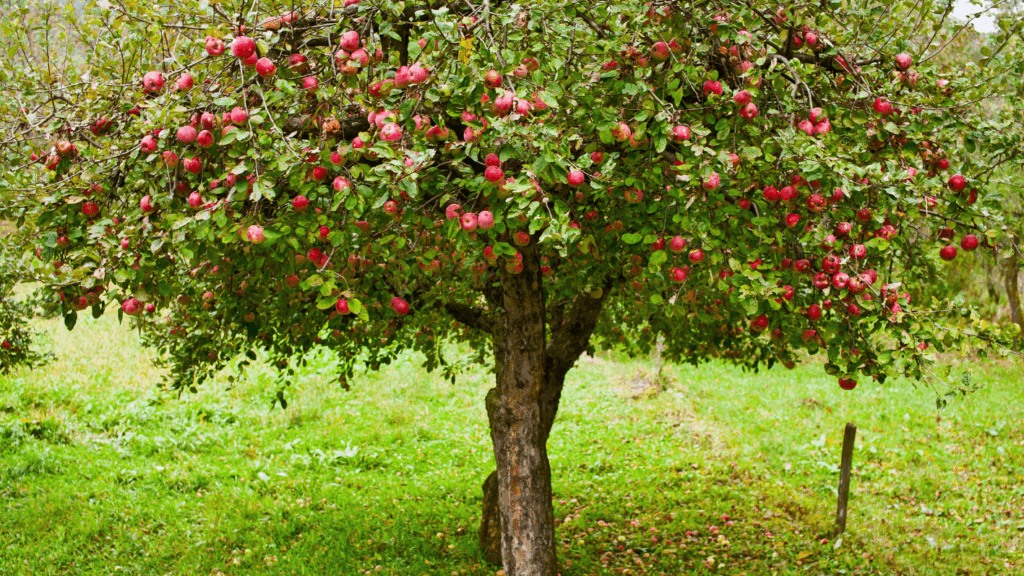
What to Know About American Crabapple Before Buying and Planting

The American crabapple brings native charm, fragrant spring flowers, and seasonal interest in one ornamental tree. Its bright blooms and colorful fruit add beauty to gardens and parks.
Understanding its size, seasonal changes, and fruiting habits will allow you to plant a strong, healthy American crabapple. In this guide, we explain what an American crabapple tree looks like, how to care for it, and where you can find one for your yard.
What Is the American Crabapple Tree?
The American crabapple, scientifically named Malus coronaria, is also called the American sweet crabapple. Some regional types may be sold under the same name, so it can be confusing for gardeners.
For example, “American crabapple charlottae” in a catalog usually refers to a special variety selected for its flowers or shape. Nursery availability can change over time, so it’s important to read descriptions carefully before purchasing.
The American crabapple grows across much of the eastern United States, often near woods and old fields. It is a small tree with a slightly crooked but attractive shape.
Plant it in a sunny spot with well-drained soil. Over time, it develops a balanced form that stays a manageable size for most yards.
American Crabapple Size, Form, and Growth
The American crabapple usually grows 15 to 25 feet tall, with a similar or slightly wider spread. It grows at a moderate pace, gaining speed after the first couple of years once its roots establish. Left unpruned, it develops a natural, rounded shape that suits yards of many sizes.
You can shape the tree early to lift lower branches for walkways, or keep it lower near fences for screening. Its structure makes it look like a small tree rather than a large bush, and it maintains a balanced form with minimal maintenance.
The American crabapple has oval leaves with small, fine teeth along the edges. They are soft and bright green in spring, turning yellow in fall. Crushing a leaf releases a faint apple scent in mid-spring, buds open to pink or white flowers that give off a sweet fragrance on calm days. Once the petals bloom, pollinators arrive, bringing activity and color after winter.
American Crabapple Fruit Size, Taste, and Uses
American crabapple fruits are small, about one inch across. They taste sour and slightly sharp when fresh, which makes them perfect for jelly and cider. Birds eat the fruit once it softens, and some fruits remain on the tree through winter, adding color to bare branches.
To keep patios and walkways tidy, plant the tree away from busy areas or rake up fallen fruit in late summer or early fall.
Quick Care Guide for American Crabapple
Water the American crabapple thoroughly during its first year. Apply clean mulch around the base, keeping it a hand’s width away from the trunk. In late winter, prune to remove crossing twigs and shape the tree.
Plant in full sun to maintain healthy leaves and a dense canopy. In areas with long, wet springs, rake fallen leaves in autumn to reduce leaf spots the following year. Adding a shovel of compost in spring supports steady growth.
Place an American crabapple near your porch, in a small front yard, or at the edge of a meadow. For a natural look, plant three trees in a loose triangle. For a more formal style, plant a single tree by a low hedge, such as inkberry or boxwood. Add spring bulbs below the tree for early color, followed by woodland phlox or foamflower as the tree’s leaves emerge.
Choosing the Right American Crabapple Tree
When you look for American crabapple trees to buy, check the trunk flare and make sure branches are evenly spaced. Don’t pick trees that are planted too deeply in the pot or have roots circling on the surface.
Smaller pots help trees grow faster. Visit a crabapple tree nursery online or in person to compare sizes and see which ones grow best in your area.
Why Gardeners Choose American Crabapple
Gardeners choose the American crabapple for its steady beauty and easy nature. It brings color in every season, with pink buds in spring, golden leaves in fall, and bright fruit through winter. The tree also supports birds and pollinators, adding life to the garden without needing much care.
It is a small, reliable native tree that fits well in most yards and keeps its charm year after year.
Love gardening? Read about the viral wisterias of Upper West side here

